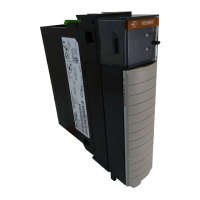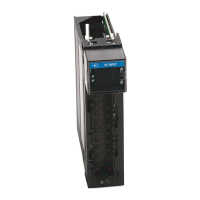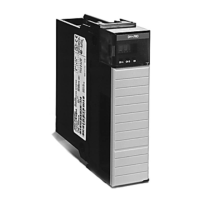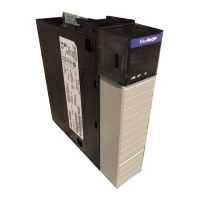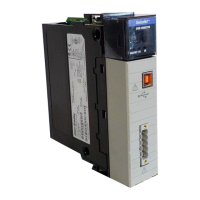Rockwell Automation Publication MOTION-UM002E-EN-P - June 2016 111
Configure Camming Chapter 8
In this way, the smoothest possible slave motion is provided.
Each point in the cam array that was used to generate the time cam profile can
be configured for linear or cubic interpolation.
Electronic camming remains active through any subsequent execution of jog,
or move processes for the slave axis. This condition allows electronic camming
motions to be superimposed with jog, or move profiles to create complex
motion and synchronization.
Calculating a Cam Profile
You can use a Motion Calculate Cam Profile (MCCP) instruction to calculate
a cam profile based on an array of cam points. You can establish an array of cam
points programmatically or by using the Logix Designer software Cam Profile
Editor. Each cam point in the cam array consists of a slave position value, a
master position (position cam) or time (time cam) value, and an interpolation
type (linear or cubic). An MAPC or MATC instruction can use the resulting
cam profile to govern the motion of a slave axis according to master position or
time.
Using Common Cam Profiles
There are four common cam profiles that can be used as position cam or time
cam profiles:
• Acceleration Cam Profile
• Run Cam Profile
• Deceleration Cam Profile
• Dwell Cam Profile
Cam profiles are configured for each required slave axis change of position, as
corresponds to specific master axis position or time positions.
Acceleration Cam Profile
An acceleration cam profile determines a slave axis acceleration to a particular
position. This graphic illustrates a sample acceleration cam profile in the Logix
Designer programming software cam editor.
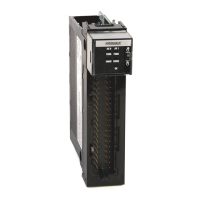
